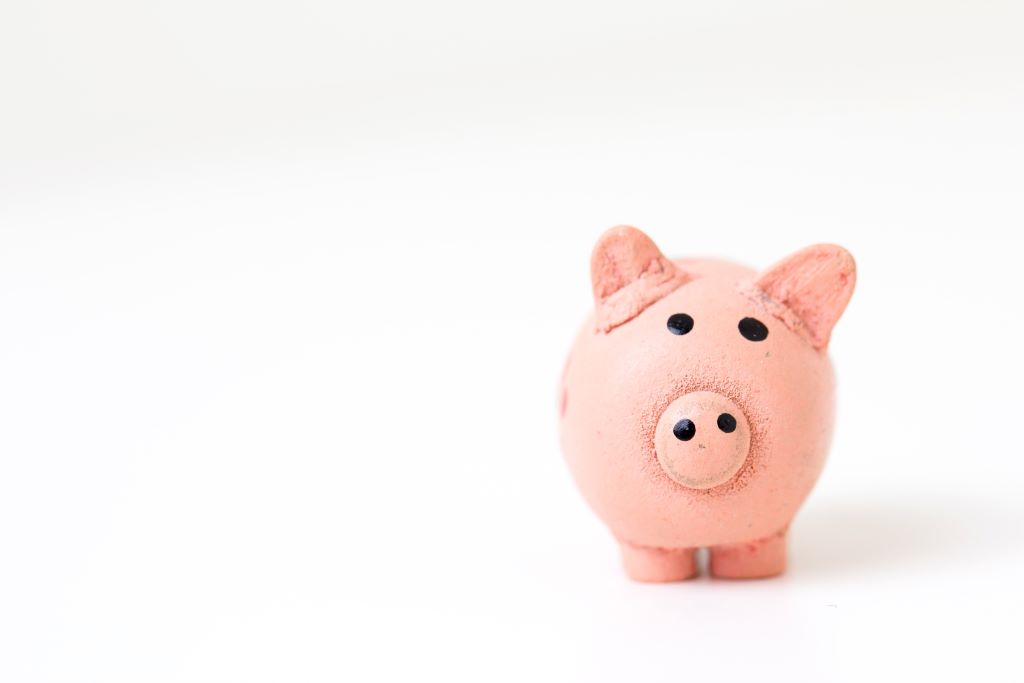Whatever your current financial situation, it is a reflection of the decisions you have made. And there is one decision that you have already made, even if you didn’t realize it.
It boils down to one question:
How much will you save?
Some people don’t have a direct answer for the question. Their goal might be to save whatever is left over at the end of the month.
But spending habits are like a gas, and they expand to fill their container.
This is one of the reasons why people who win the lottery often end up bankrupt within just a few years – Their spending has increased to fill their newfound fortune.
Without savings, there are few options. Investments are risky, home purchases are out of reach, and small financial events can quickly become catastrophes.

Photo by Michael Longmire on Unsplash
So, how do you build your savings?
It happens when you make a distinct choice of how much you will save.
Pay yourself first
We spend money on a lot of things: fast food, cell phones, internet. We’re paying a lot of people. One way to reframe the question of savings is to pay yourself first. From each paycheck, before you can spend a single dime, put aside a little bit of money as your salary.
If you’re worried about suddenly feeling pinched, remember: spending is like a gas. Just like it can expand to fill a container, it can also compress. The first few months might feel different, but soon, the new amount would feel like normal.
How do you do it?
The beauty of this strategy lies in its simplicity.
It’s often possible to designate a certain amount or percentage from each paycheck should automatically go to a separate savings account, so you don’t even have to do it. This way, you’re saving without even trying!
We recommend thinking in terms of percentages, particularly if you have income that can change from week to week. This way, you’re always putting aside some money, but you’ll also be able to weather the leaner times more easily.
Let’s compare this strategy with saving a set dollar amount:
|
Putting aside $1,250 per month
|
First month income: $5,000
First month savings: $1,250 (25%)
First month spending: $3,750 (75%)
|
Second month income: $4,000
Second month savings: $1,250 (31.25%)
Second month spending: $2,750 (68.75%)
|
Second month income: $6,000
Second month savings: $1,250 (20.8%)
Second month spending: $4,750 (79.2%)
|
|
Putting aside 25% per month
|
First month income: $5,000
First month savings: $1,250 (25%)
First month spending: $3,750 (75%)
|
Second month income: $4,000
Second month savings: $1,000 (25%)
Second month spending: $3,000 (75%)
|
Second month income: $6,000
Second month savings: $1,500 (25%)
Second month spending: $4,500 (75%)
|
As you can see, by thinking in terms of percentages, as income changes over time, the amount you have at the end of the month stays more stable. During the leaner months, this gives flexibility to pay expenses, and during productive months, this leads to greater savings.
If you’re ready to start building your savings, we’re here to help! Click here for a FREE Bronze Account and Financial Assessment. One of our financial advisors will reach out to help you set up a savings plan that works for you.